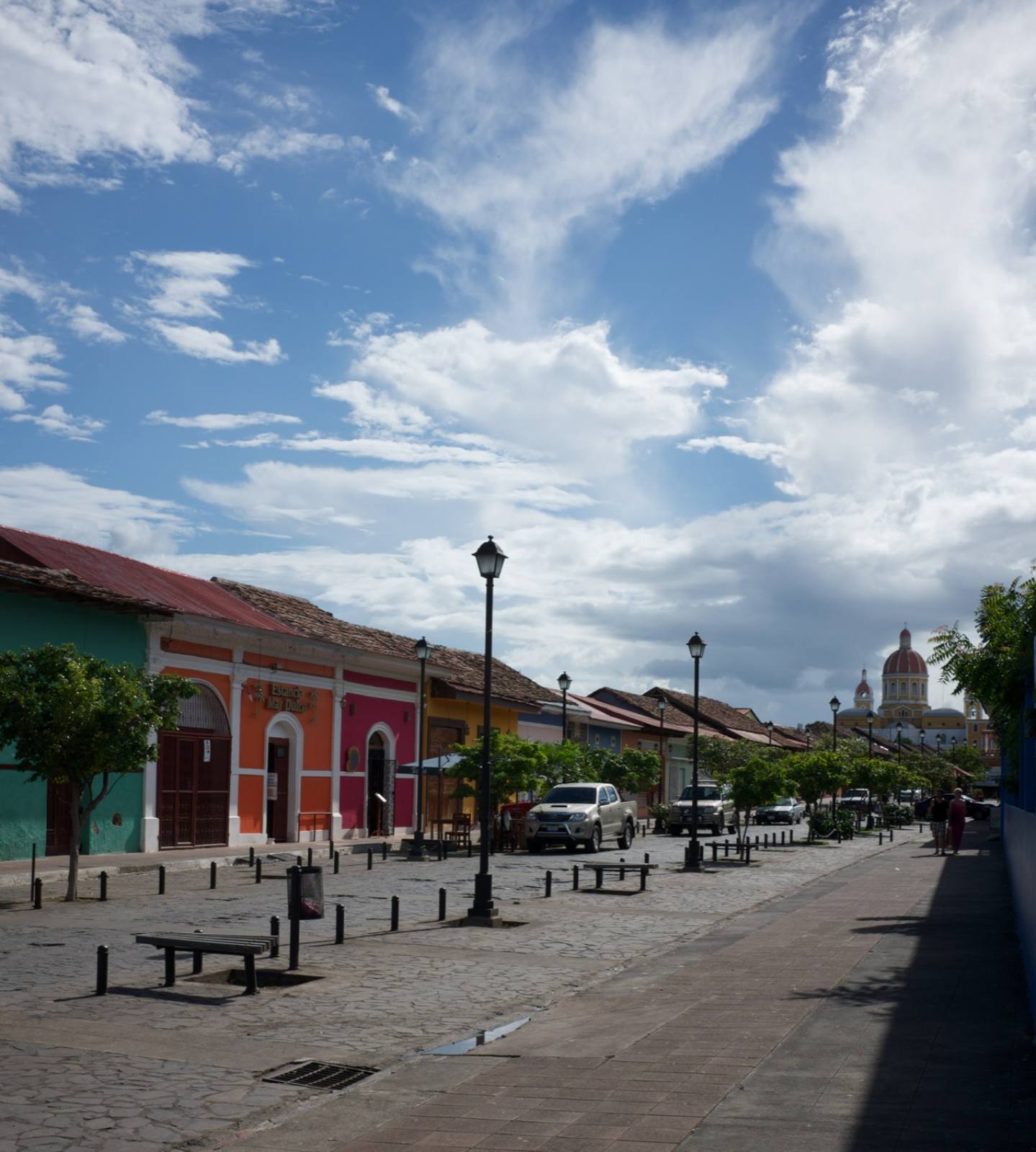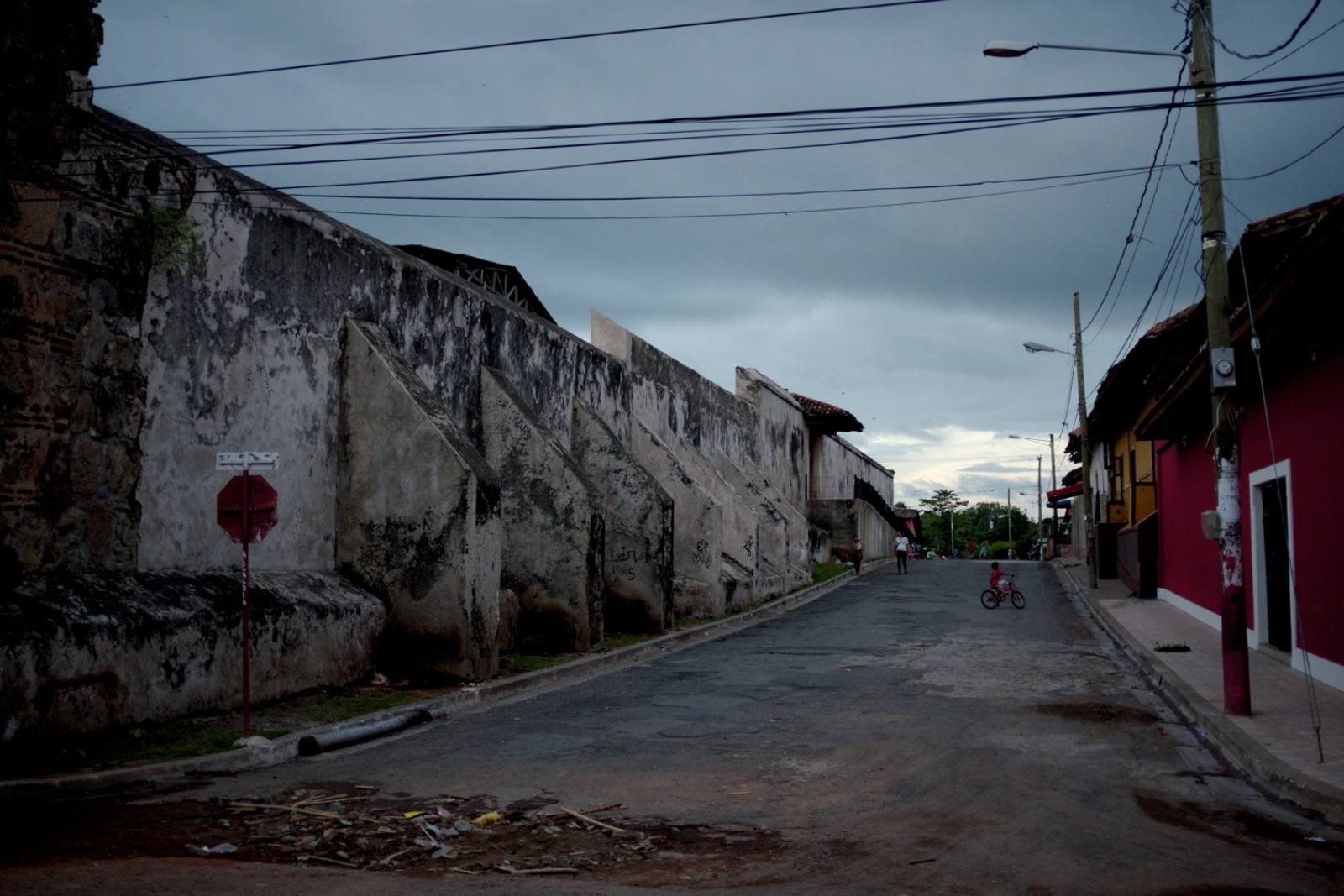Visiting Nicaragua and Global Glimpse

Guadalupe Church, Granada, Nicaragua
I had the pleasure of joining Global Glimpse in Nicaragua this summer. Every summer, Global Glimpse exposes U.S. high schoolers to the realities and perspectives of the third world via a three week program in either Nicaragua or the Dominican Republic. The group's about us page says it best:
Global Glimpse was born out of a need for high quality global education in the United States. We believe that exposure to different countries, cultures, and people provides important perspective and drives young people to take action to better their world together. Global Glimpse works to make experiential education abroad accessible to outstanding students from all socioeconomic backgrounds through need based scholarships.
Until this trip, I had a very abstract understanding of what the non-profit was all about -- my friend Eliza Pesuit serves as the executive director, and I had been hearing amazing stories from her for a couple years. I recently joined GG's advisory board in SF, so I jumped at the chance to see what went on 'in-country.' Starting at the end of July (2013), I crisscrossed Nicaragua and met with groups of students in León, Matagalpa, and Estelí, to see the program first-hand. I met hundreds of students who were passionate about understanding broad ideas like poverty, what it means to be a 'responsible global citizen' and the challenges of living in the third world. Their trip was in no way a summer camp; their three-week schedule consists of days that start around 6am, a day where they get by on $1 a day, teaching English to locals, and an emotional visit to the town dump.

One of the Matagalpa delegations (my camera was somehow the funny face cam)

Most of the time I travelled with Fawziah, Ashley, Genevieve, and Usman pictured below. Behind the camera was Jules, another member of the board (top row, third from left above).

Taking a break in Matalpa
Memories, memorial murals, and depictions of the revolution are around every corner:

Esteli's bus station:

Bus station in Managua.

The leader of the day recapping the day's events, and posing the day's question: "If I lived on 1$ a day and want to change my situation, how can I do that?"

Granada:
I then visited Granada on the coast of Lake Nicaragua before heading home. Nicaragua is a beautiful country. Though one of the poorest Spanish-speaking nations, it is relatively safe, and home to the friendliest people.



Granada's cathedral is spectacular.



The view from the cathedral of the central square:

"The Canal"
One common refrain was that Lake Nicaragua and the San Juan river were about to irreversibly change due to the canal scheduled to be built in the next year. Like the Panama canal it would (after billions spent dredging and digging) connect the Caribbean side to the Pacific side. I took a cruise around Lake Nicaragua, but I wished I could have seen some of the San Juan river and/or Bluefields, where the Caribbean canal entrance will be.


Reading
In my down time, I read as much as I could about Nicaraguan history and politics. I started with Living in the Shadow of the Eagle by Thomas W. Walker and Christine J. Wade. I picked up The CIA Makes Science Fiction Unexciting #5: Things You May Not Know About Iran/Contra in Granada -- a small pamphlet packed full of information learned from freedom of information requests that puts the US (and Reagan's administration) to shame. At the same bookstore I found Yankee No!: Anti-Americanism in U.S.-Latin American Relations, which I had to read as inconspicuously as possible. For a break, I read parts of the 1874 book The Naturalist in Nicaragua by Thomas Belt about his weird ride down the San Juan river in swampier times.
On the flight home, I read what I probably should have read first: The Jaguar Smile: A Nicaraguan Journey by Salman Rushdie (1986). Rushdie managed to meet everyone worth meeting as the country picked up its own pieces following a brutal war. In one exchange, Rushdie asked a writer why there were so many poets and so few writers working on longer novels. The writer replied to the effect that 'No one thinks they will live long enough.'


Final Thoughts
I learned many of the same things a student participating in Global Glimpse would have learned. I am crazy lucky. I need to grapple with what exactly 'being lucky' means, and I need to do it more often than I allow myself. The trip has also pushed me to think harder about technological solutionism -- the idea that technology in some form can solve any problem. There's no basket of technologies that you can switch on to instantly improve life. Human problems require real human intelligence, not scientific models and machine learning stuffed into a handheld application. Jaron Lanier's 'Who Owns the Future' has been helping to guide my thinking.
by Daniel Morgan, tagged with: